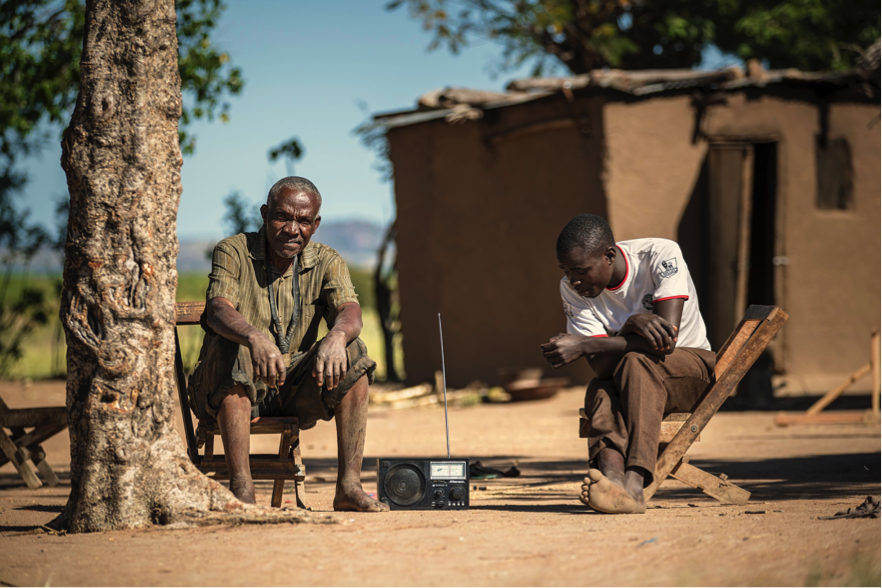When it comes to educating our children, the global community has made great strides in recent decades. Across the developing world, primary school enrollment reached 91 percent this year—up from 83 percent in 2000. In the same time period, the number of out-of-school children dropped by half. Since 1990, the global literary rate for young people between the ages of 15 and 24 also rose—from 83 percent to 91 percent. This means that there are now more children than ever before who are enrolled in school programs, and more young people are finding themselves empowered by virtue of being able to read and write.
We’ve made particular progress when it comes to making sure girls enroll in school—and stay in school. More of our girls are now enrolled in school than ever before in the past 15 years, and two-thirds of nations in the developing world have now achieved gender parity in education.
But millions of boys and girls around the world are still being left out. As of this year, 57 million children worldwide who are of primary school age aren’t enrolled in any kind of school program at all. Children who live in the world’s poorest regions are most likely to be deprived educational opportunities. In the developing world, children from the poorest households are four times less likely to be enrolled in school than those from the richest.

Boosting school enrollment through effective poverty relief
What’s the best way to help children in the developed world stay in school? The answers might surprise you. While traditional international development campaigns that target school enrollment often focus on raising funds to cover the costs associated with school supplies and uniforms, these approaches don’t address the underlying social, economic, and health issues that cause children to drop out of school in the first place.
Here are a six organizations doing innovative work across four development areas to help keep children in school for years to come:
School-based deworming programs
Can a 50-cent pill extend the number of years children stay in school? According to Innovations for Poverty Action, school-based deworming programs have been demonstrated to reduce school absenteeism by 25 percent. Schistosomiasis Control Initiative and Evidence Action’s Deworm the World program dispense cost-effective deworming treatments through school-based programs. Not only do these low-cost pills keep children safe and healthy, but the evidence now shows that deworming might also be one of the best ways to boost school attendance.
Malaria treatment and intervention
One study found that children who experienced five or more malaria attacks scored 15 percent lower on school-based standardized tests than those that had contracted malaria three or fewer times—even after controlling for family education levels and wealth. These findings indicate that malaria infection has a direct impact on school performance in children. The Against Malaria Foundation (AMF) distributes low-cost insecticide-treated bed nets to help prevent malaria transmission. An AMF net costs just $4 and can protect up to two people for up to three years. To date, AMF has distributed more than 5 million nets and has plans to distribute 6 million more.
Contraceptives and family planning services
There are 600 million schoolgirls in the developing world, and millions do not have access to contraceptive options. Each year, 15 million adolescent girls become mothers. For girls who drop out of school, studies show that pregnancy is the reason in more than 50 percent of cases. According to Population Services International (PSI), in some sub-Saharan regions, adolescent pregnancy causes 10 percent of school drop outs among teenage girls. Providing contraceptive access through innovative programs like the ones run by PSI is one of the most cost-effective ways of keeping our girls in school, which translates into enhanced economic wellbeing in adulthood.
Emergency and disaster response
Can you imagine going to a school without working toilets or running water? Unfortunately, that became the reality for many Liberian children in the aftermath of the Ebola outbreak in West Africa this year.
When disaster strikes, children from affected regions often find it difficult or dangerous to continue attending school. Organizations like Oxfam International work on rebuilding infrastructure, so that children can return to school quickly and continue their educations. In the aftermath of the Ebola outbreak, Oxfam is petitioning for $60 million from the Liberian government to help reopen the nation’s 3,500 schools—of which more than half have no water supply and only 43 percent of which have basic toilets.
Education should be a right for all children—not just those who live in the developed world, or those who come from wealthier families. Take action today to learn how you can help the world’s children learn and grow!
What will your impact be? Find out by using our interactive Impact Calculator.



